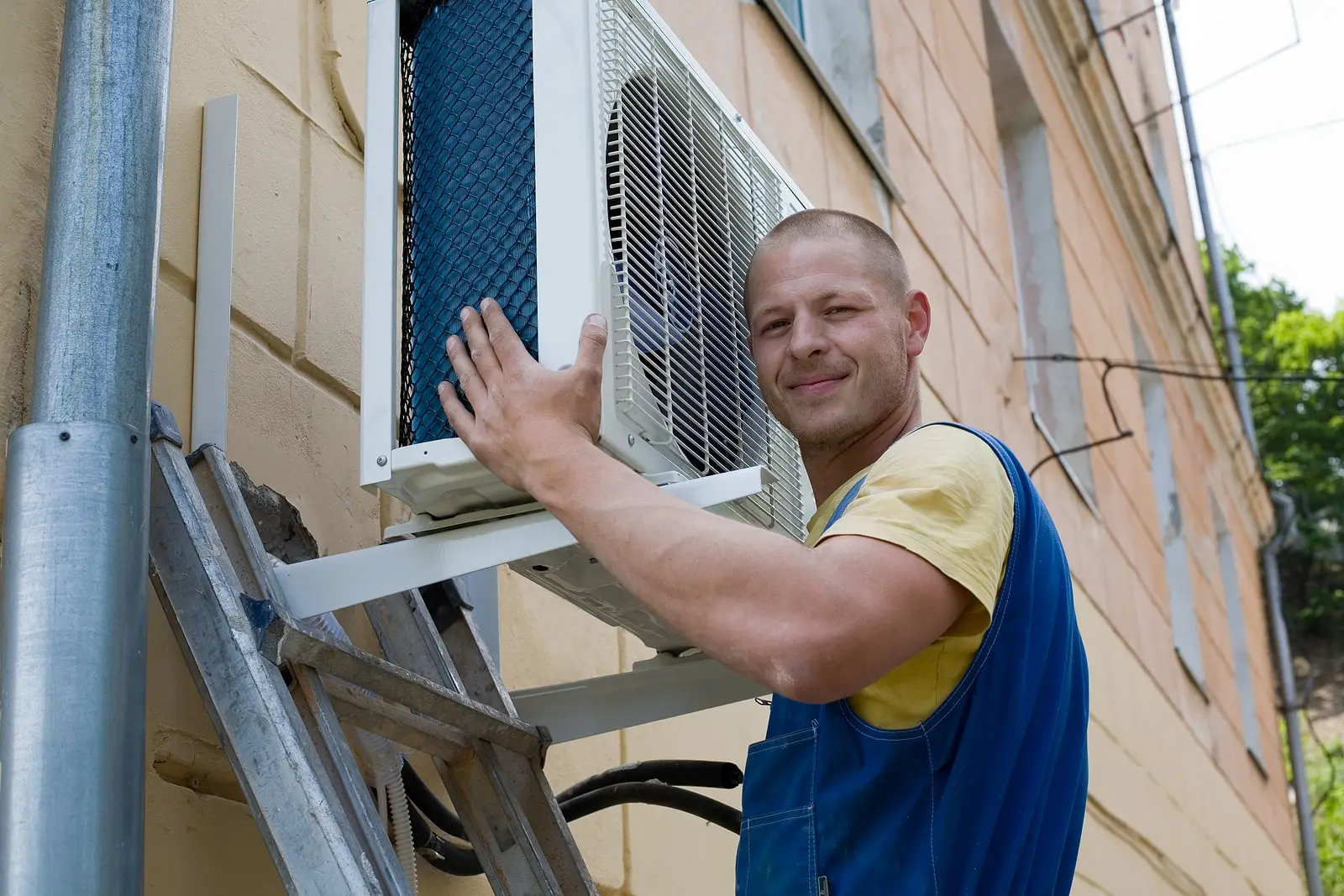
Ductless AC systems, also known as mini-split systems, offer a flexible and energy-efficient cooling solution for homes in Florida. Understanding the installation process can help homeowners prepare and ensure that the system is set up correctly for optimal performance.
Initial Assessment and Planning
Before the installation begins, an HVAC technician will assess your home to determine the best locations for the indoor and outdoor units. This step is crucial for ensuring that the system will effectively cool your space without any obstructions or inefficiencies. The technician will also evaluate the electrical requirements and make any necessary adjustments to your home’s wiring.
Choosing the Right Placement
One of the key advantages of ductless systems is their flexibility in placement. The indoor unit can be mounted on a wall, ceiling, or floor, depending on your preferences and room layout. The outdoor unit, which is responsible for compressing and expanding refrigerant, should be placed in a well-ventilated area, away from direct sunlight and debris. Proper placement is essential to avoid any airflow restrictions that could reduce the system’s efficiency.
Mounting the Indoor and Outdoor Units
Once the placement is determined, the technician will mount the indoor and outdoor units. The indoor unit is usually installed on a bracket attached to the wall, and the outdoor unit is placed on a concrete pad or wall-mounted bracket outside. The mounting process ensures that both units are securely fastened and level to prevent any operational issues.
Connecting the Units
After mounting, the next step involves connecting the indoor and outdoor units through refrigerant lines, a power cable, and a condensate drain line. These connections are typically routed through a small hole drilled in the wall. The refrigerant lines carry the coolant between the two units, the power cable provides electricity, and the drain line removes moisture from the indoor unit. Ensuring that these connections are properly sealed and insulated is vital for preventing leaks and maintaining energy efficiency.
Testing and Calibration
Once all connections are made, the system is tested and calibrated to ensure it is functioning correctly. The technician will check for refrigerant leaks, verify the electrical connections, and ensure that the system is cooling your home as expected. This step also includes adjusting the thermostat settings and making sure the system operates quietly and efficiently.
Final Walkthrough and Maintenance Tips
After installation, the technician will walk you through the system’s operation and provide maintenance tips to keep it running smoothly. Regular maintenance, such as cleaning the filters and checking the refrigerant levels, is essential for extending the life of your ductless AC system and ensuring it continues to perform at its best.
Conclusion
Installing a ductless AC system is a straightforward process that, when done correctly, can significantly enhance your home’s comfort and energy efficiency. To ensure a successful installation, it’s important to work with a qualified HVAC professional who can assess your home’s needs and install the system with precision. If you’re considering a ductless AC system, contact a trusted HVAC service provider in Florida to get started.